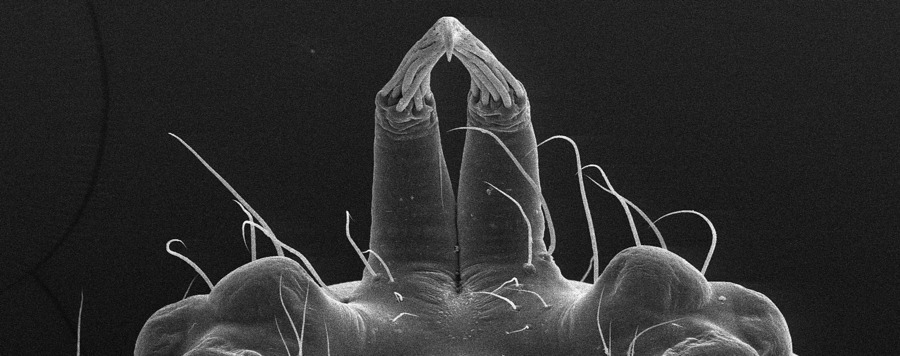
The Philippine hair wax spiders
We revise the Southeast Asian Pholcus bicornutus group in which males are characterized by a unique pair of horns on their ocular area, each of which carries at its tip a brush of hairs. In two species, the two hair brushes are ‘glued’ or ‘waxed’ together by an unidentified substance into a very consistently curved and pointed single median tip. In the other five species known, the hairs are not treated. We present a first revision of ocular modifications in Pholcidae and identify twenty supposedly independent origins. Most cases are in Pholcinae, and all but one case are limited to the male, suggesting sexual selection as the main driving force in the evolution of ocular modifications in Pholcidae. Previously, the Pholcus bicornutus group consisted of four species limited to the Philippines. We describe four new species, including three species from the Philippines (P. olangapo sp. nov.; P. kawit sp. nov.; P. baguio sp. nov.) and the first representative from outside the Philippines (P. mulu sp. nov. from Sarawak, NE Borneo) and provide new records and SEM data for three previously described species.





